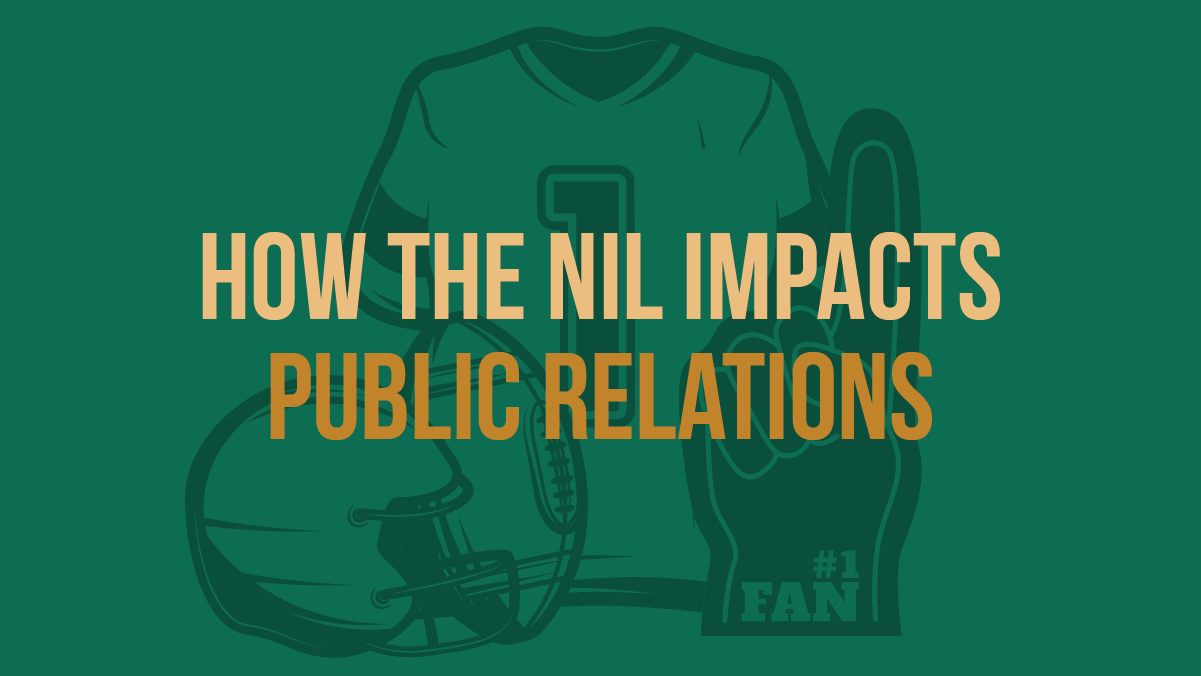How can we strike a balance between effective marketing strategies while also protecting patient privacy?

In the ever-evolving landscape of healthcare marketing, achieving success while navigating the stringent guidelines of the Health Insurance Portability and Accountability Act (HIPAA) is a delicate balance. With patient privacy at the forefront, healthcare marketers must employ strategies that measure success without compromising the integrity of sensitive information.
What does this mean for marketing and advertising in the digital space, where personal information is key to targeting relevant audiences and showing ROI on ad budgets?
To comply with HIPAA regulations, Google Analytics recently made adjustments resulting in the removal of crucial components from campaign metrics, notably impacting lead generation and insights into website behavior.
Without access to those crucial metrics, how do you, as a healthcare marketer, prove to your leadership that digital marketing and advertising, even within strict guidelines, is still a worthwhile strategic investment and one that still works?
What we’ve found is you can utilize alternative approaches that maintain compliance to gauge campaign response from each target audience.
Alternative Solutions and Metrics
Here are some alternative solutions for capturing data points you can use to measure success in your healthcare marketing efforts:
- Maintain your digital advertising and measure through impressions and CTR. Capturing health information and then retargeting people is where the violation of patient privacy occurs. If you measure the impressions of your ads and CTR only – you know what’s working and what’s not. You can assume people clicked through to your website – their behavior on the website can then be captured through HIPAA-compliant software.
- Implement Bitly Links. Bitly generates custom-built URLs that provide analytics on link performance. This includes insights into the engagement of top cities and clicks from devices. In contrast, many advertising dashboards typically offer metrics regarding where the ad was served, while Bitly’s analytics add an extra layer of insight by detailing who actively engaged with the ad.
Available Bitly data includes:
- Link Clicks: The total number of times the Bitly link was clicked.
- Geographic Data: Analyzing where the clicks on the Bitly link are coming from geographically.
- Referrers: The sources or platforms from which users are clicking on the Bitly link (e.g., social media, email, websites).
- Cost per Click (CPC): The cost incurred for each click on the Bitly link, if applicable.
- Launch Video Assets with QR Codes. QR codes enable advertisers and marketers the opportunity to track user interactions. By embedding unique identifiers within the QR code, you can monitor when and where the code is scanned, providing valuable insights into consumer behavior. It can also provide real-time data on user engagement and can help you optimize content for specific devices and platforms.
Available QR data includes:
- Location-Based Metrics: Analyzing where QR code scans are taking place can provide valuable information about the effectiveness of placements.
- Device Type Insights: Breakdown of the types of devices (e.g., smartphones, tablets) used to scan the QR code.
- Scan Rate: The percentage of people who scan the QR code out of the total number of exposures.
- Use “Click to Call” Call-To-Actions. Incorporating the Click-to-Call feature as a compelling call-to-action in your digital ads employs distinctive phone numbers for enhanced tracking. This functionality enables customers to seamlessly connect with your organization at the click of a button, fostering immediate engagement. The use of unique phone numbers further facilitates source identification for incoming calls, providing valuable insights into the effectiveness of your various marketing channels.
Available Click to Call Data includes:
- Call Conversion Rate (CCR): The percentage of clicks on the “call” button that results in a completed phone call.
- Install HIPAA-compliant analytics software on your website. There are open-source web analytics platforms that provide a range of benefits for us marketers seeking insights into website or application performance. These software platforms are designed with privacy in mind and offer features to help users comply with data protection regulations, including the General Data Protection Regulation (GDPR). Similar to Google Analytics, it can provide insights into user engagements and traits using audience, attribution and behavior reporting.
Available HIPAA-compliant analytics software (*Piwik) data includes:
- Sessions
- Page Views
- Conversation Rate
- Events per Sessions
- Percentage of returning visitors
- Page Bounce Rate
- Analyze metrics from your digital ads. You can also continue to utilize metrics from digital ads, such as Click-Through Rate (CTR), Cost Per Click (CPC) and Ad Impressions.
Traditionally, marketers in the hospital and healthcare settings have assessed the success of their campaigns by employing diverse metrics to evaluate their impact.
Using these measurement solutions, you and your team can articulate your campaign success through call conversion rate, clicks and link engagement. Additionally, these tools provide deeper insight into a patient’s digital footprint without using any protected patient information (PPI) which paves the way for more precise targeting for future campaigns.







